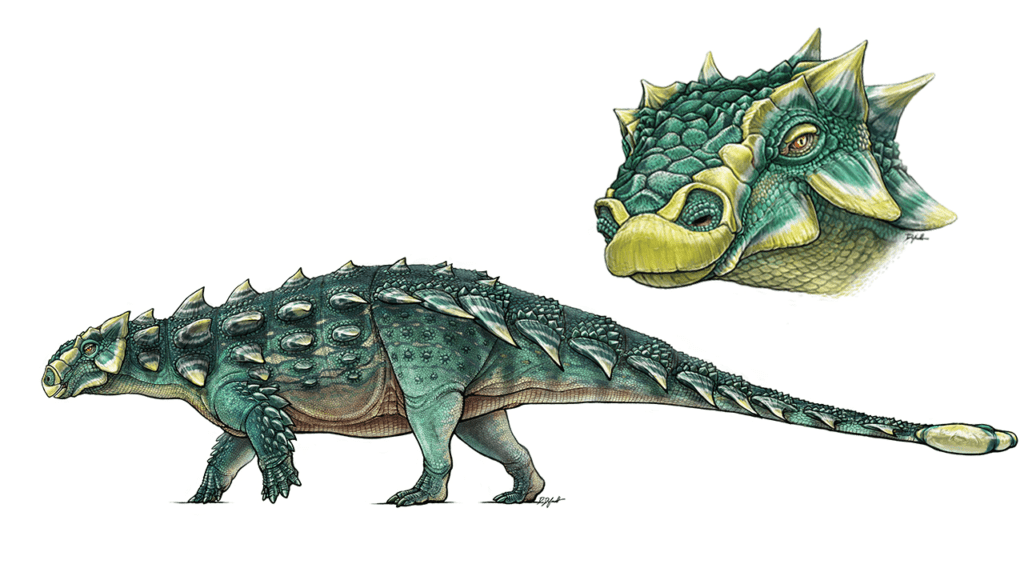The dinosaur was given a rather unfair name, as it was almost certainly a peaceful vegetarian.

The team of paleontologists from the Royal Ontario Museum and the University of Toronto, Canada, were actually digging out a different fossil when they came across the tail of this new dinosaur. They quickly expanded the excavation, uncovering an ankylosaurus which measured approximately 20 feet long, and likely weighed approximately 5,500 pounds, making it roughly the size of a modern white rhinoceros. Researchers dated the dinosaur to some 75 million years ago — not long before the mass extinction that wiped out the dinosaurs.
The species was quickly identified as an ankylosaur, a genus of armored dinosaur which survived right up until the end of the Mesozoic. It was one of the last non-avian dinosaurs to walk the face of the Earth, wobbling around with its nigh-impenetrable scales and club-like tail. But while its tail was definitely extremely good at striking down enemies, it wasn’t used at striking prey, because ankylosaurs were vegetarian. In fact, we know that they preferred “non-selective low-browse cropping” — which means they just grazed on pretty much everything low enough. I say low enough because despite their imposing stature, their jaw movement was likely limited to simple, up and down movements. Like modern herbivorous lizards, they digested their food through a hindgut fermentation system and employed some kind of chewing.
In terms of these general characteristics, the new species checks all the boxes, but in terms of facial aspect, it looks a bit different.
“I half-jokingly said it looks like Zuul [from Ghostbusters],” said the lead author on this study, Victoria Arbour, a PhD fellow at the ROM and University of Toronto, and an all-around expert on armoured dinosaurs. “The name just stuck.”
“Zuul would be easy to recognize based on the shape of the horns at the back of the skull and by the rough, peaked ornamentation along the snout and in between the eyes on the forehead.”
“I’ve been itching to name an ankylosaur ‘ankle breaker’ for years, but was waiting for a specimen that included a nice tail club,” Arbour says, “and they don’t get much nicer than this.”
“Because the armor plates are in the skin, they often fall away from the skeleton after death as the animal is decomposing,” Arbor comments, offering an interesting glimpse onto how the dinosaur really looked like.







